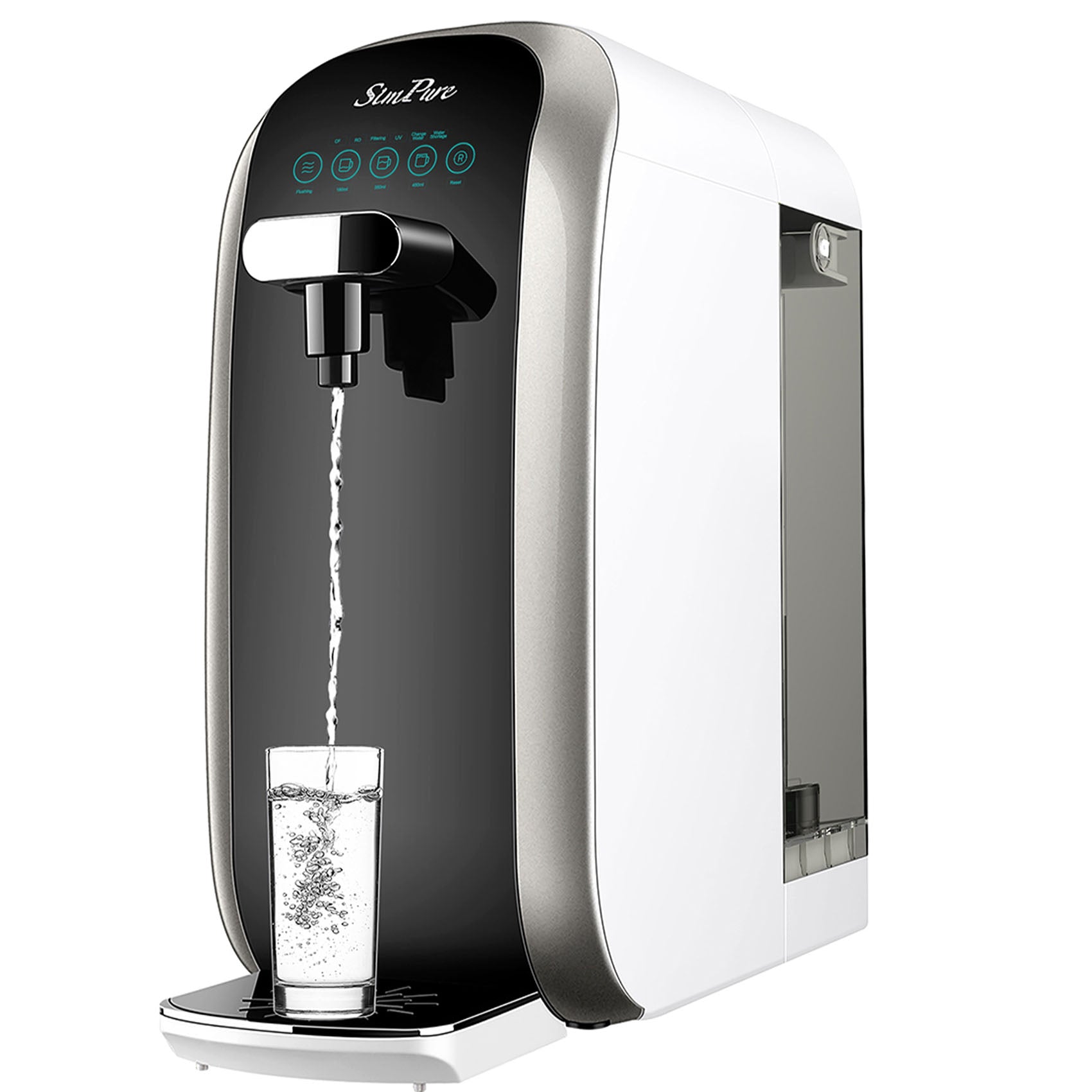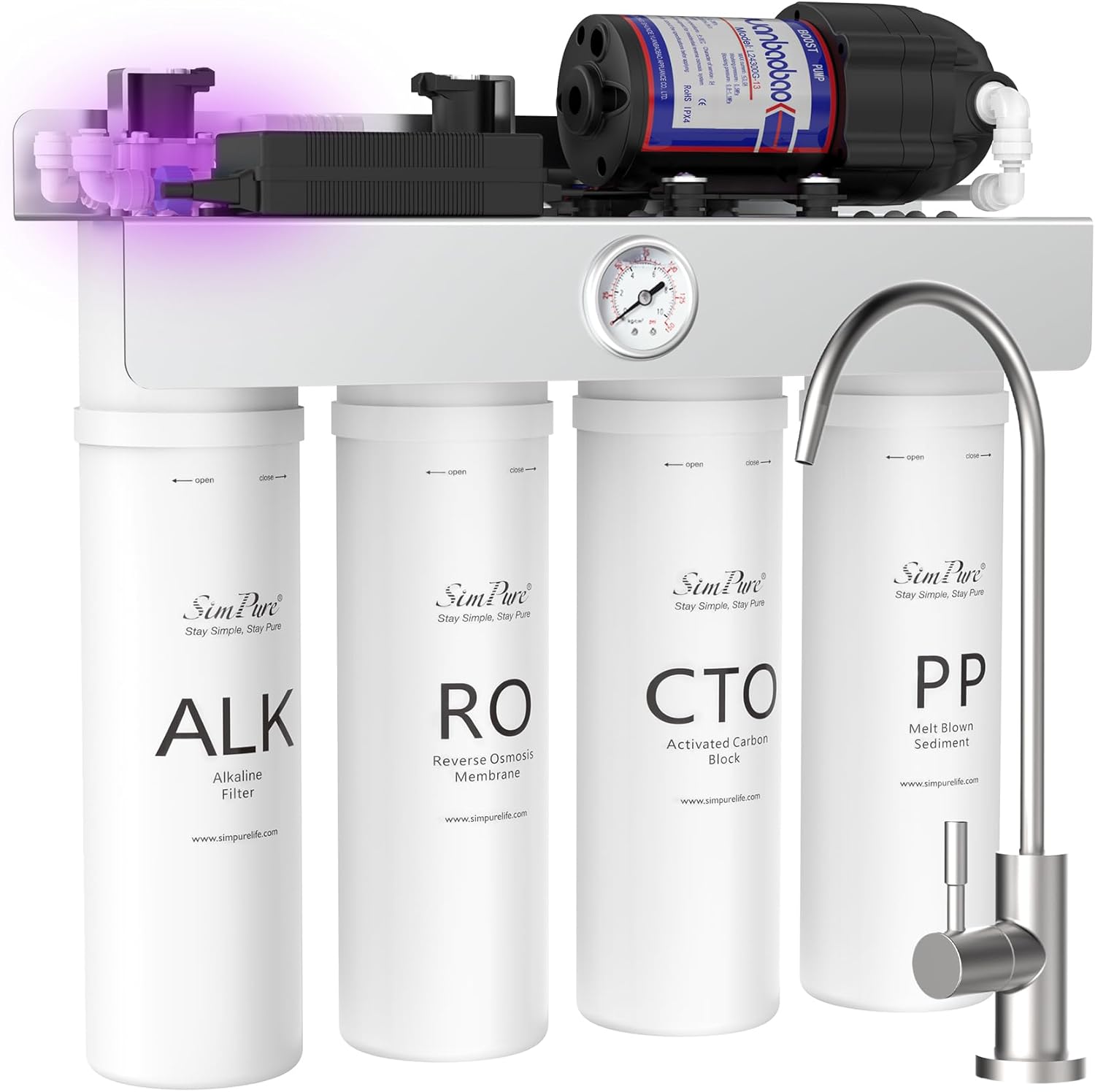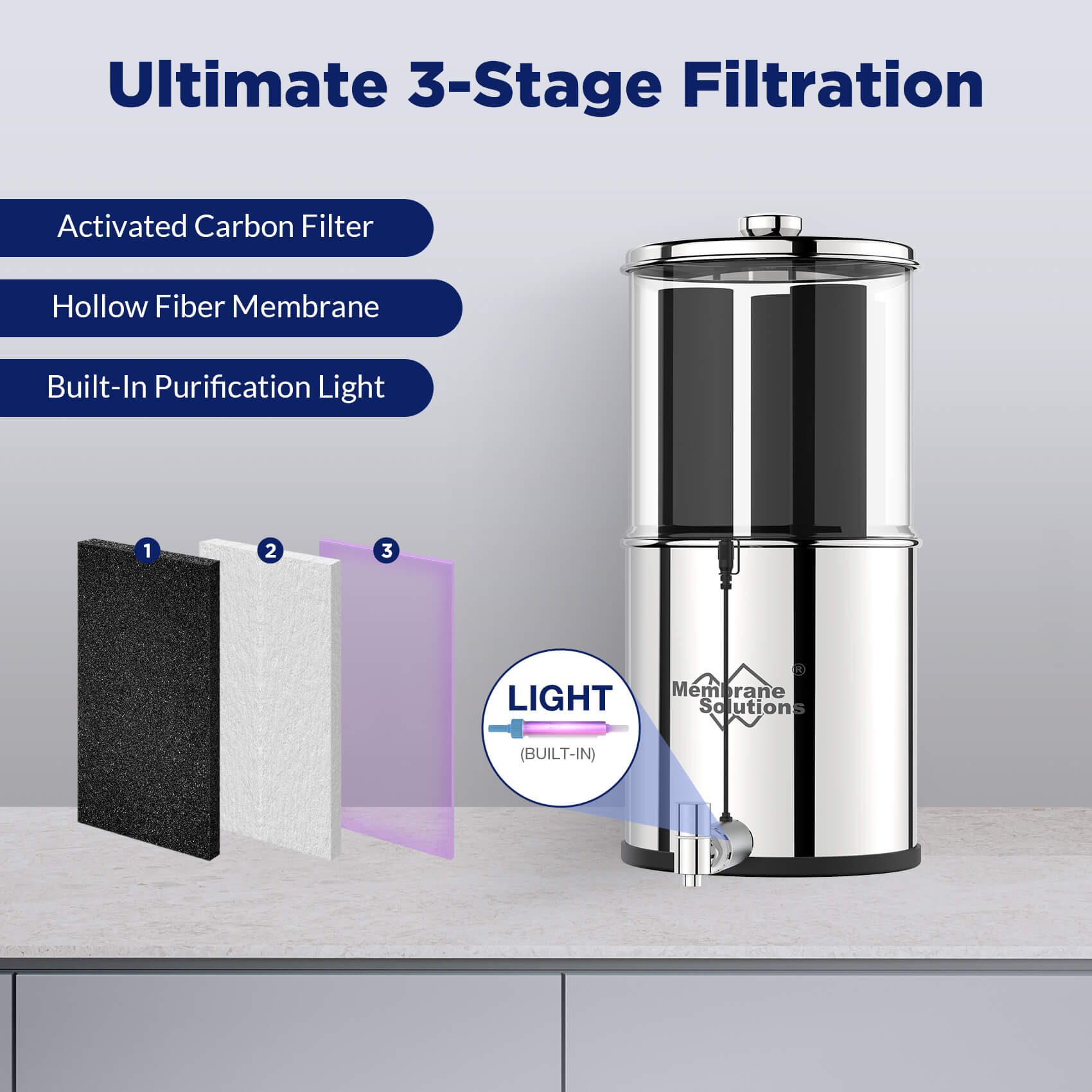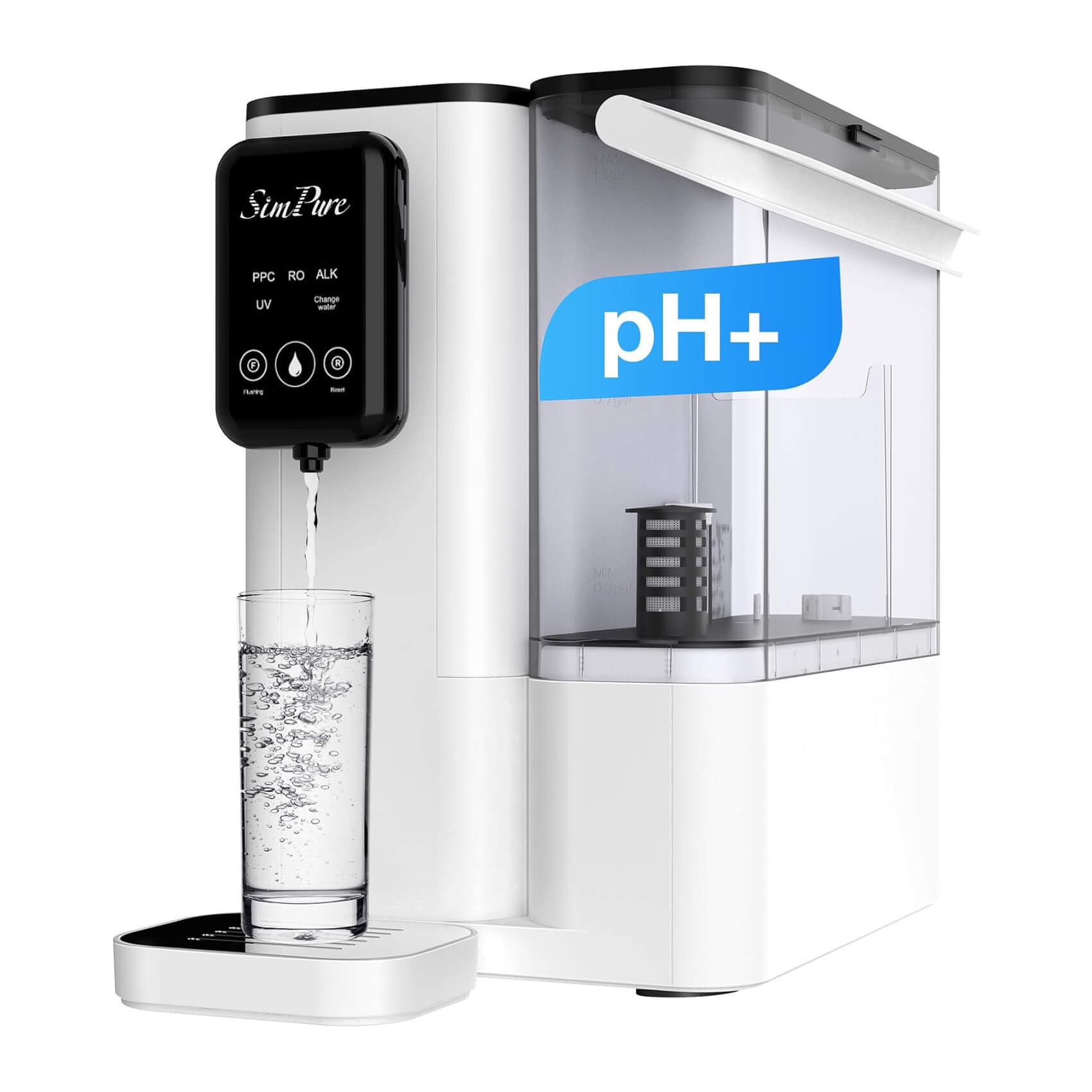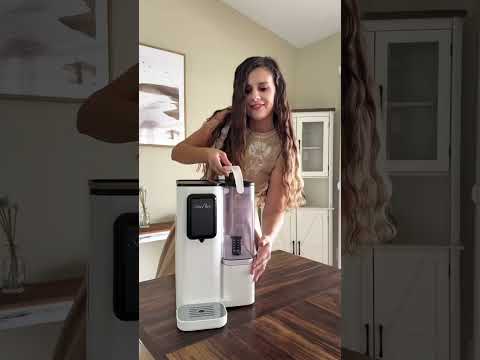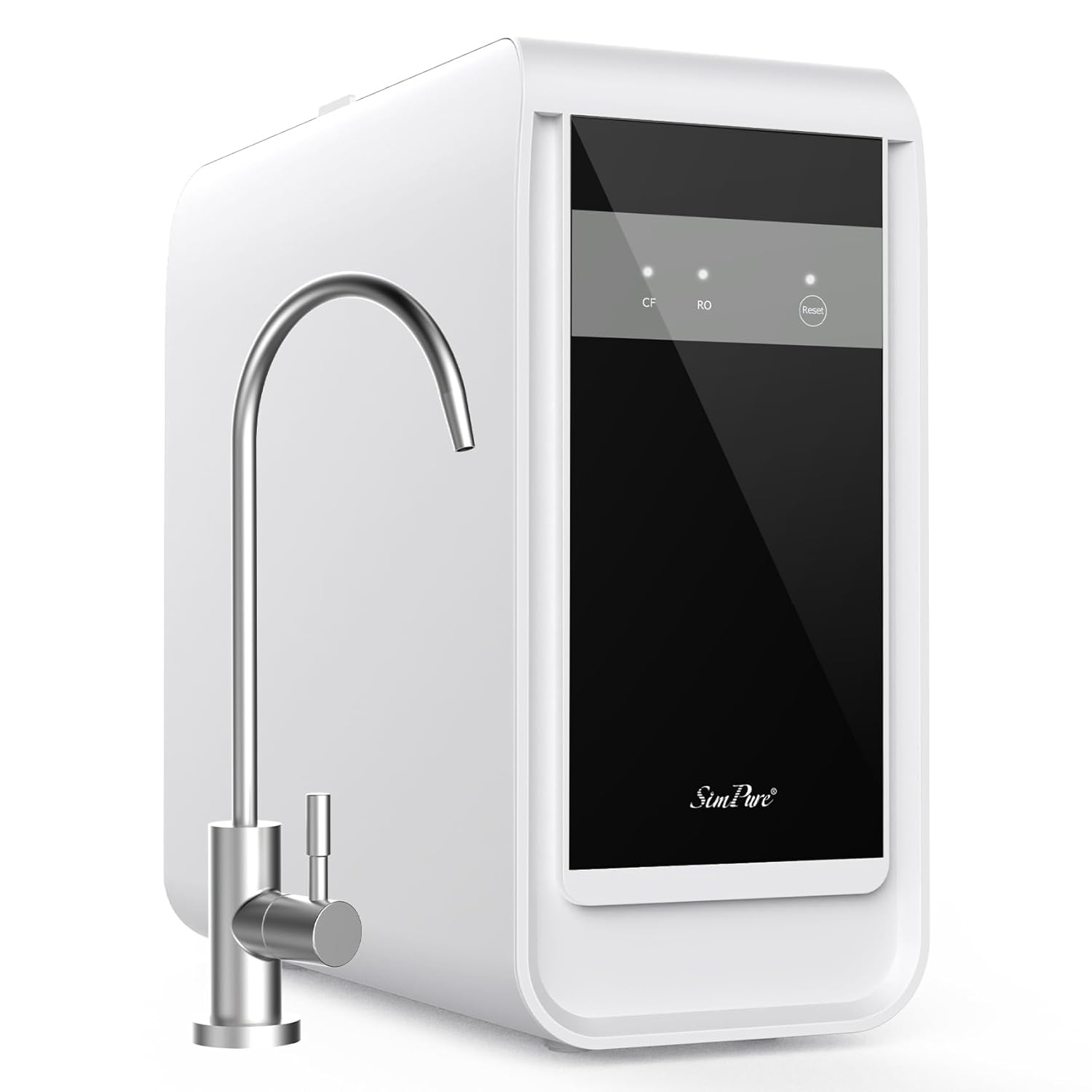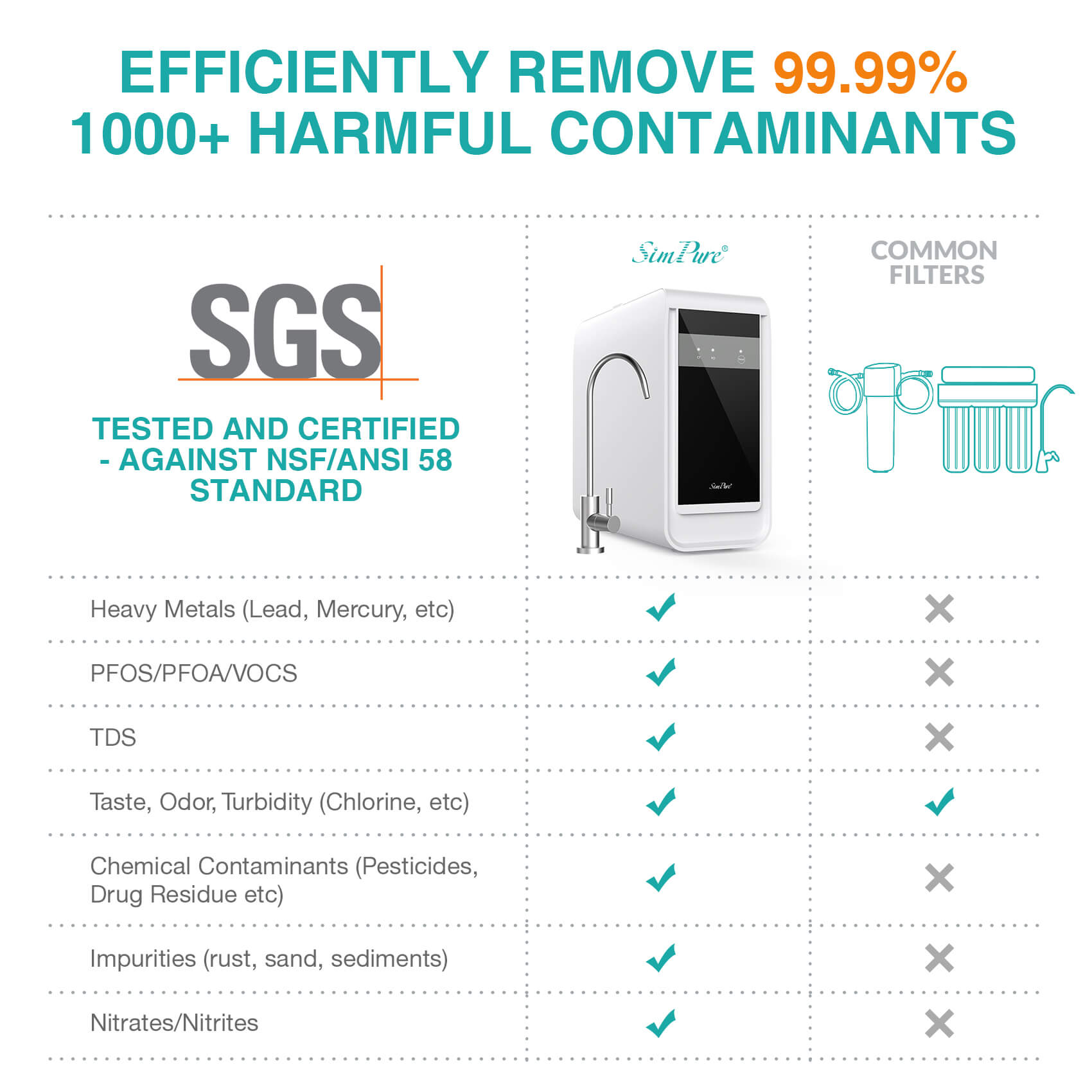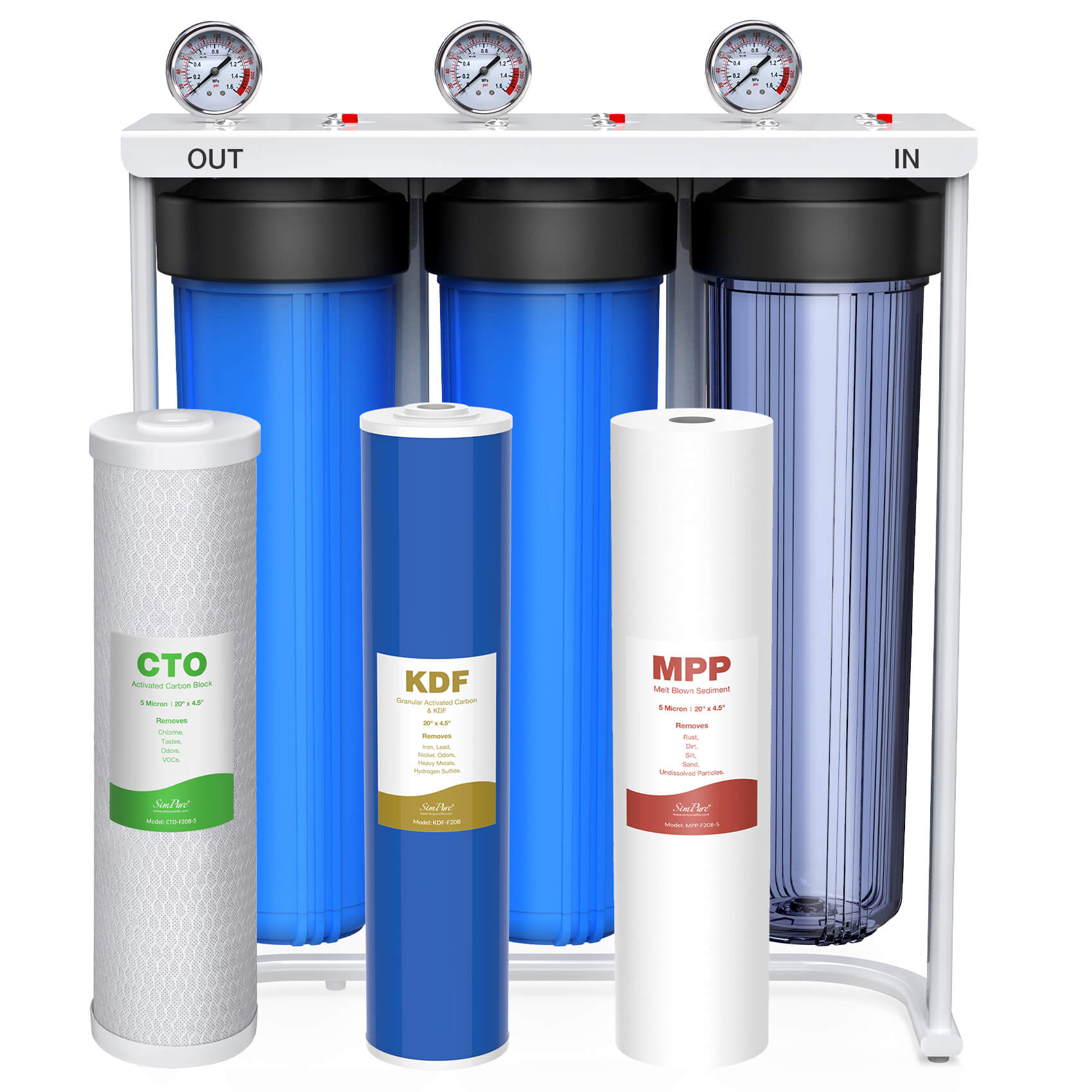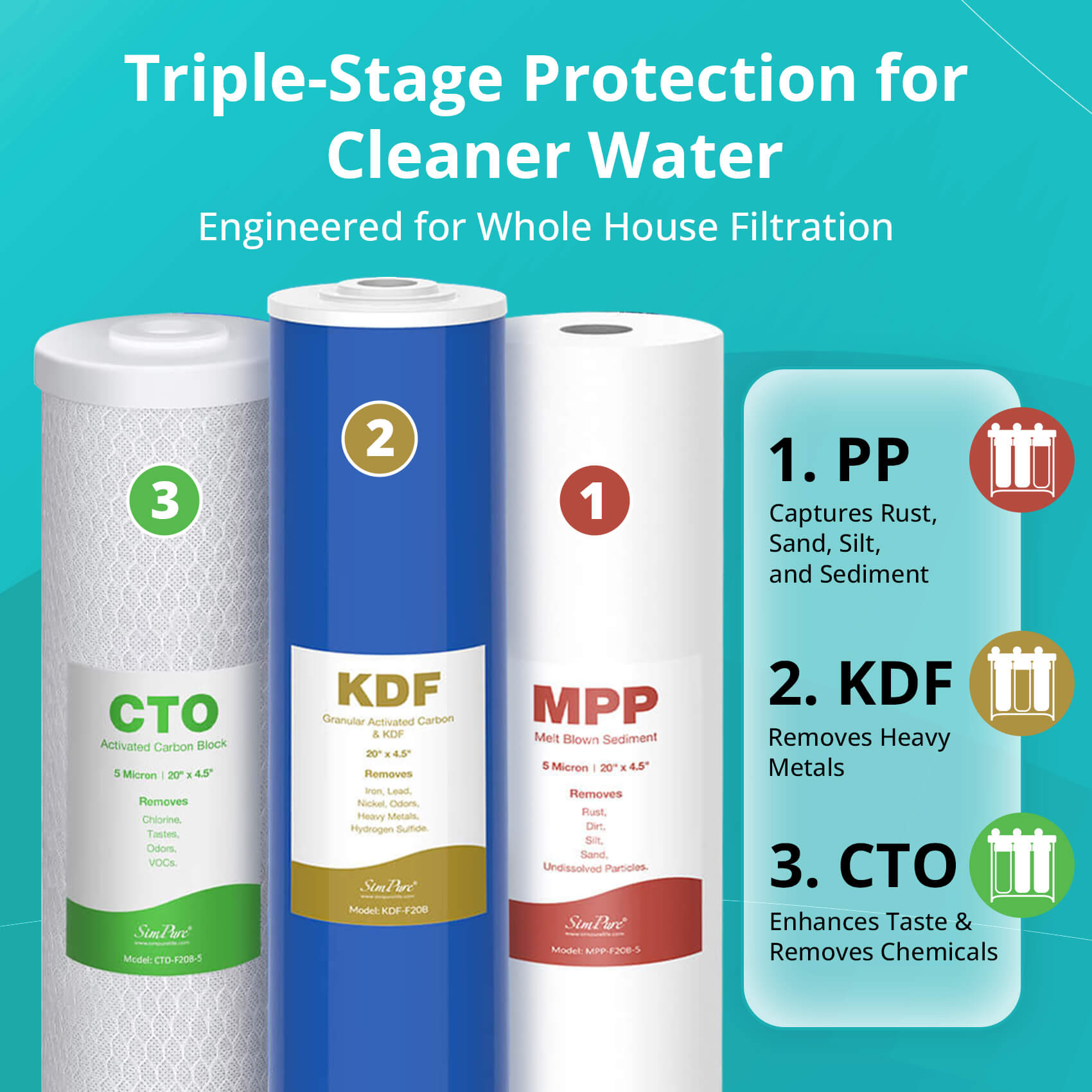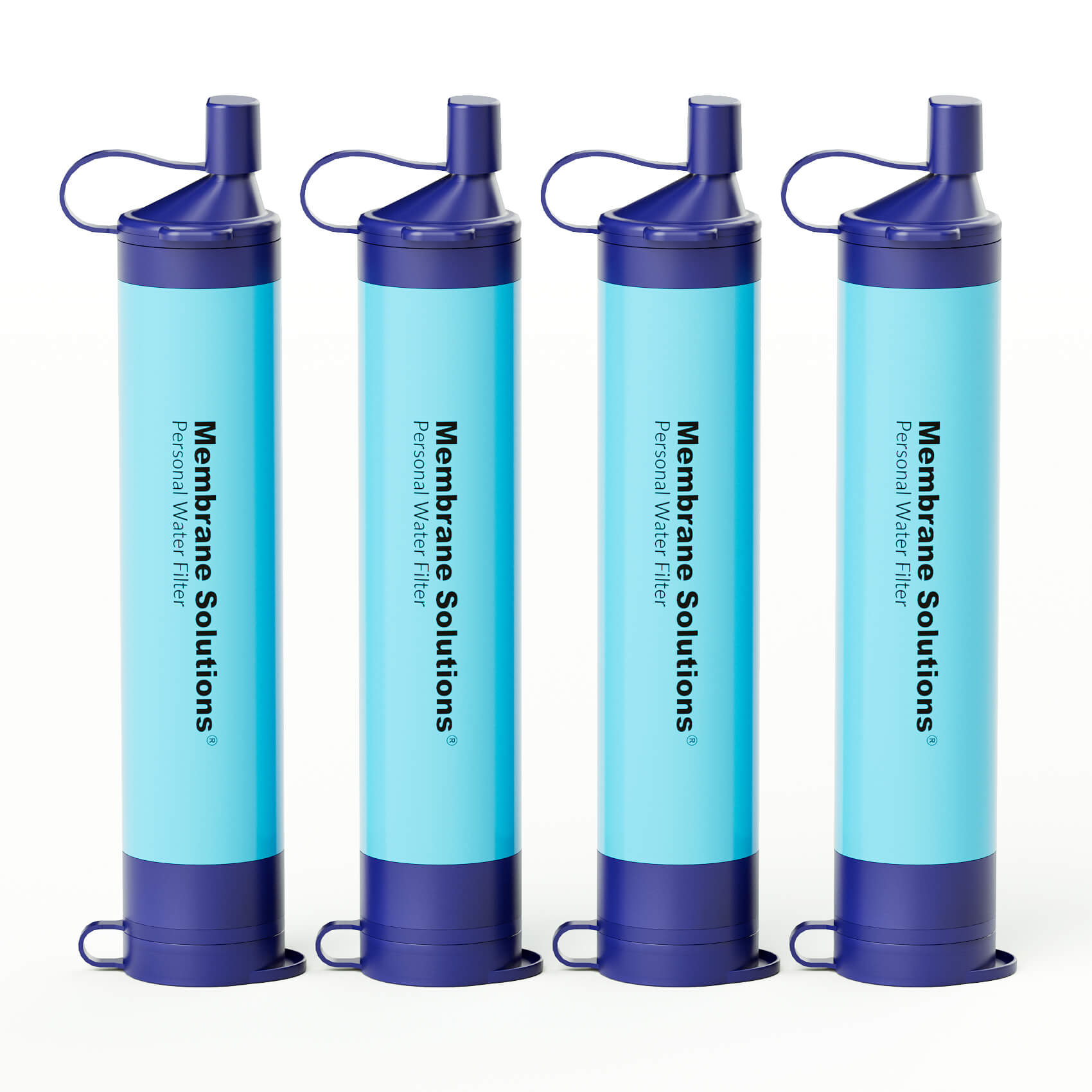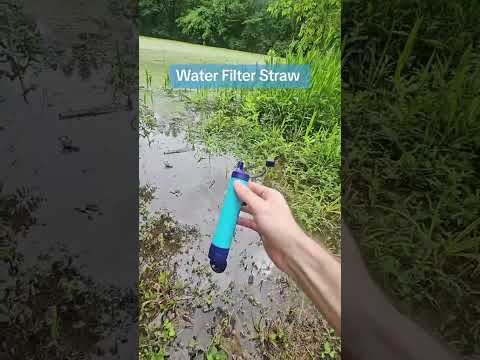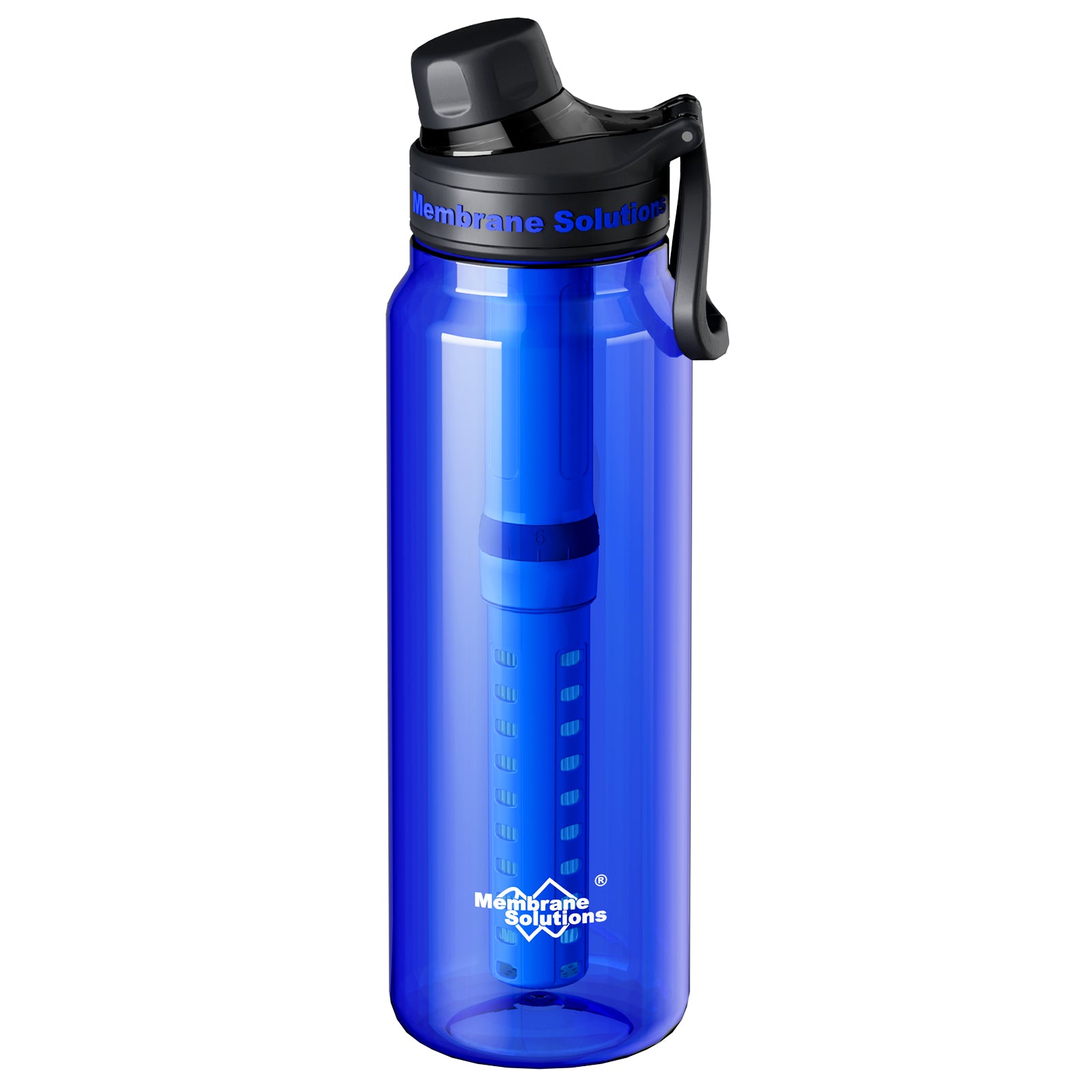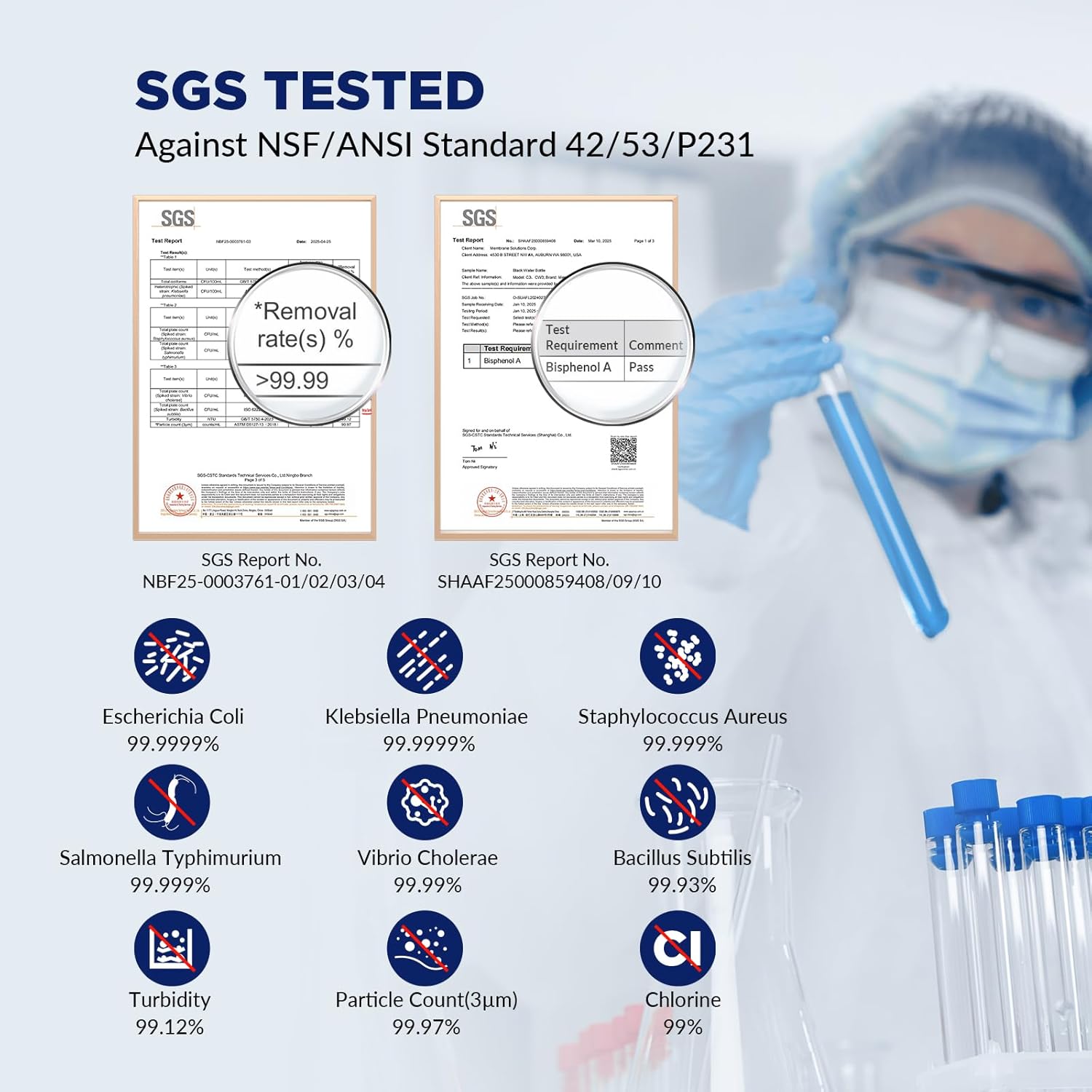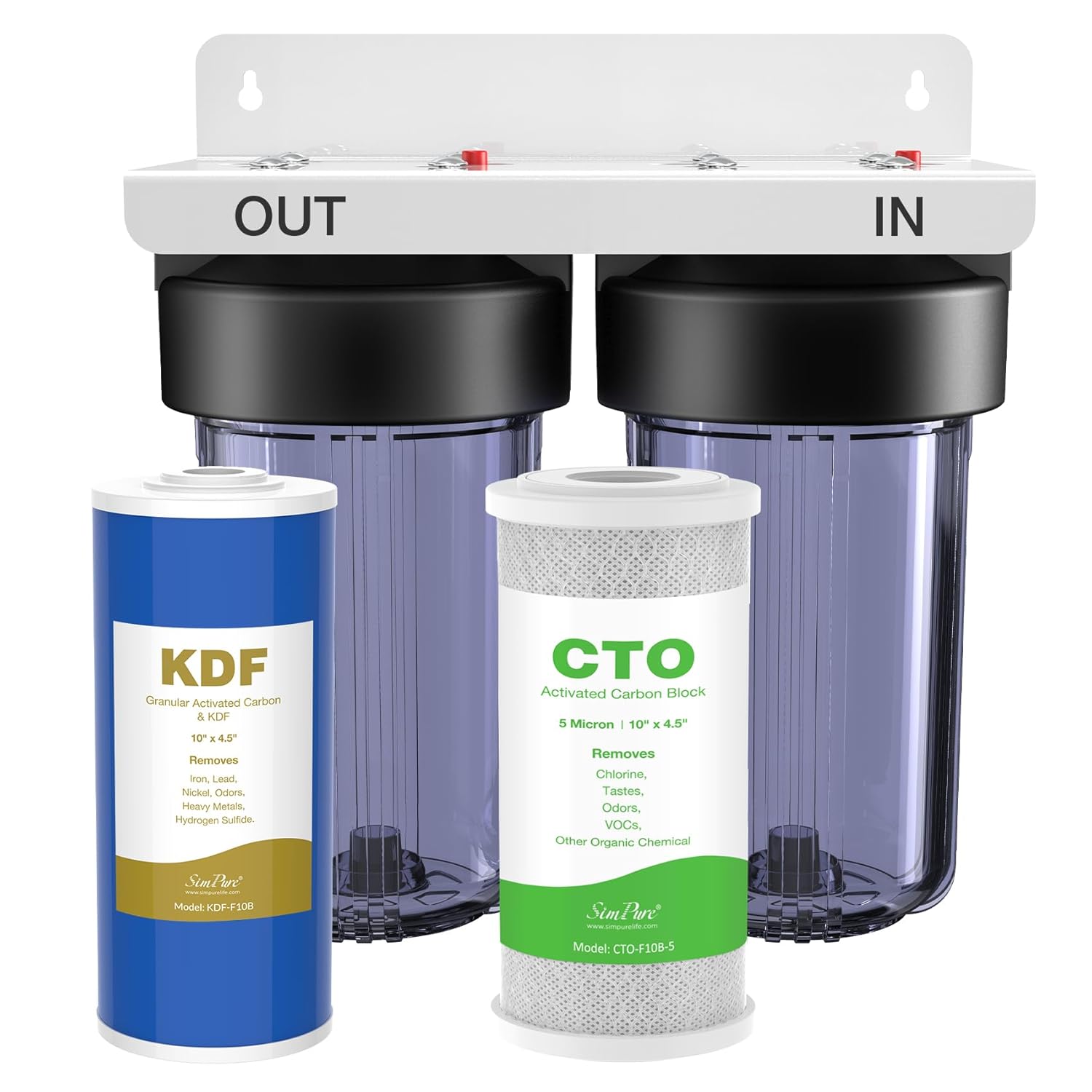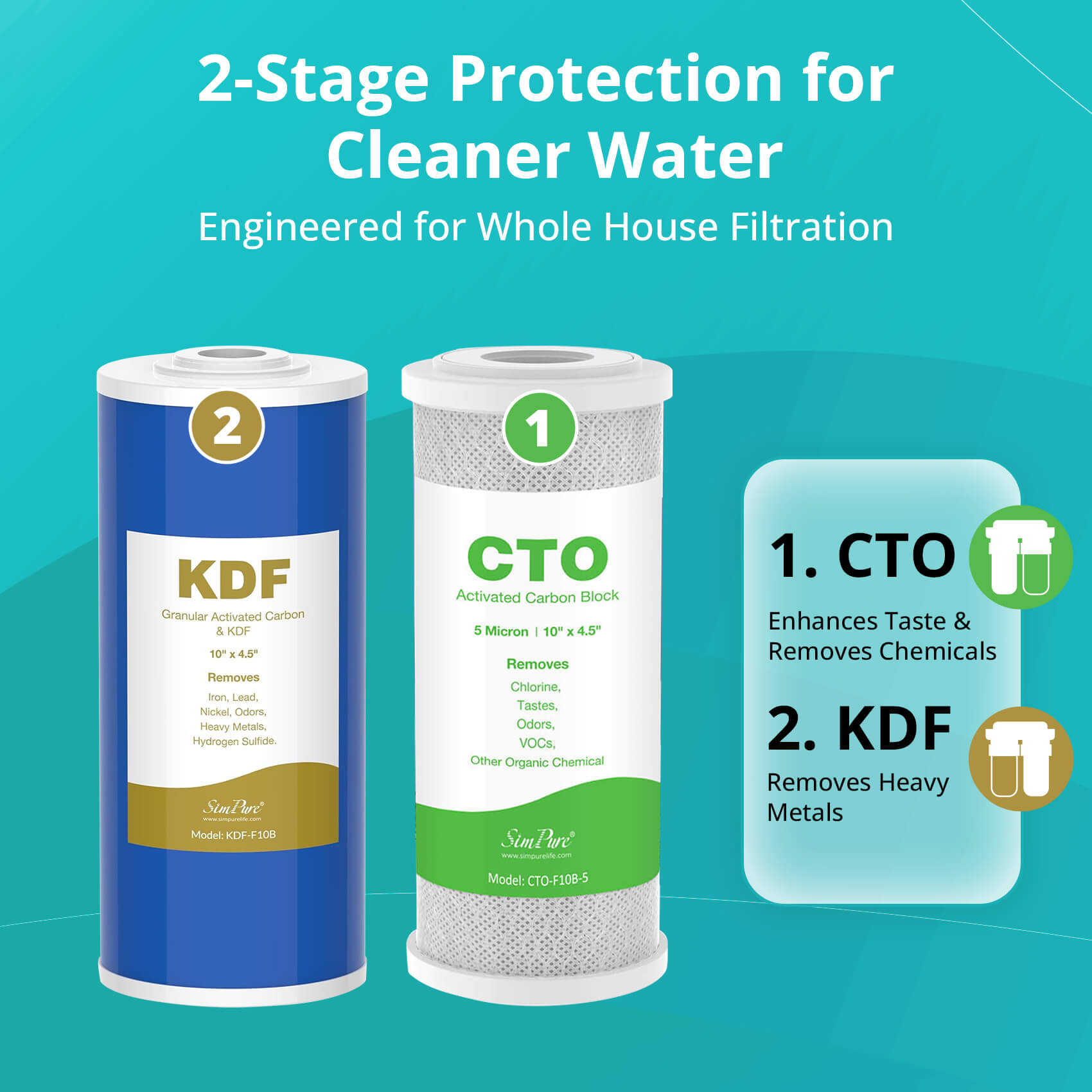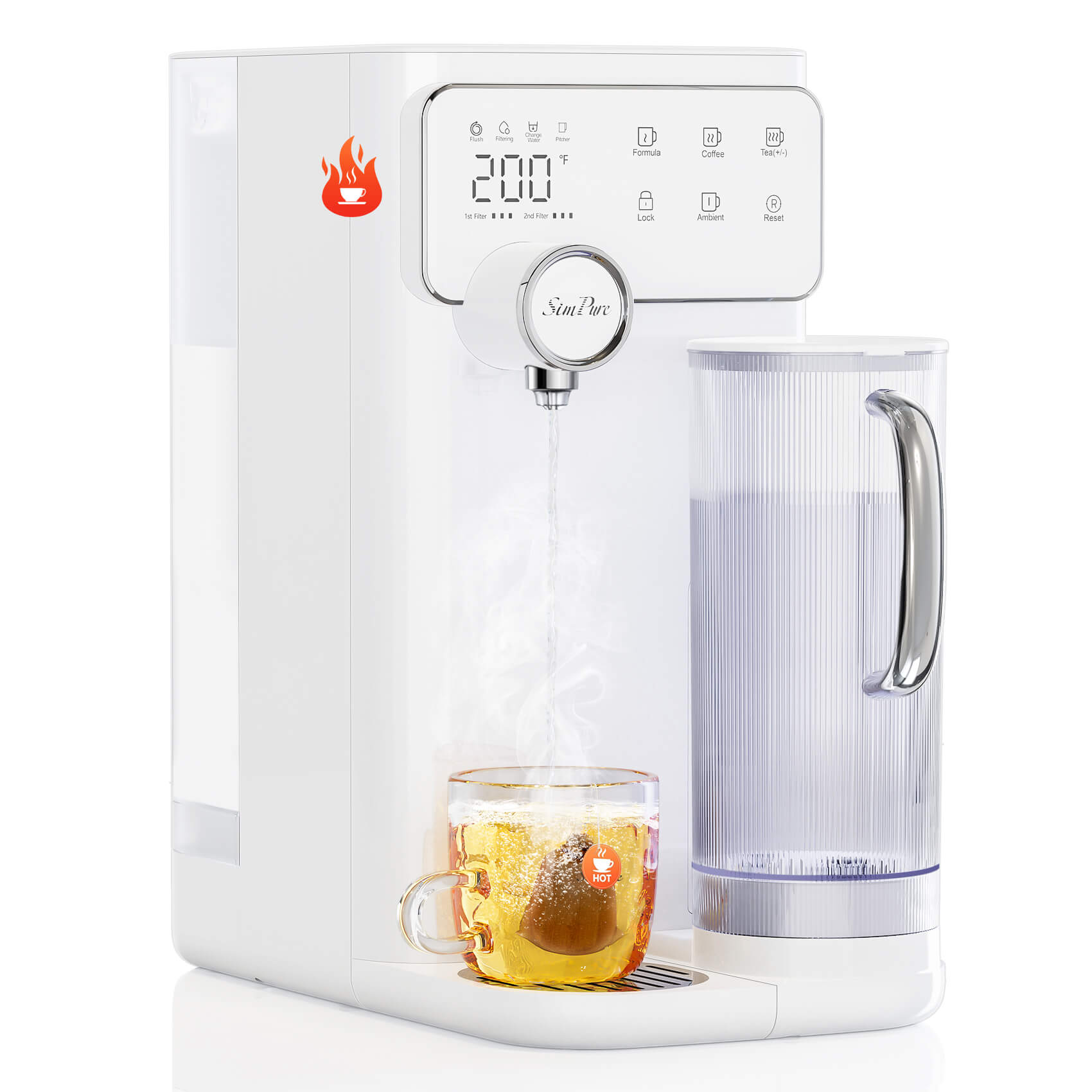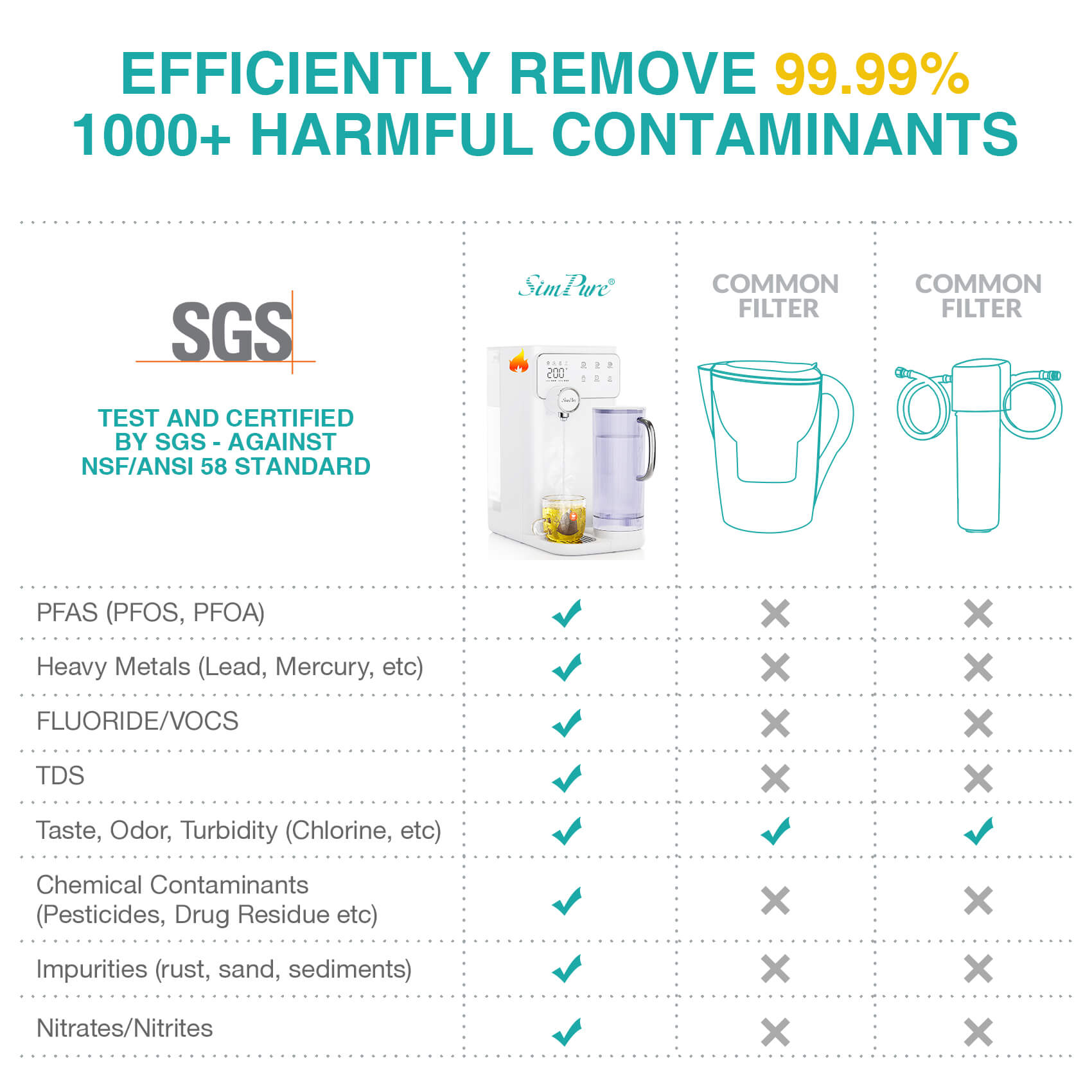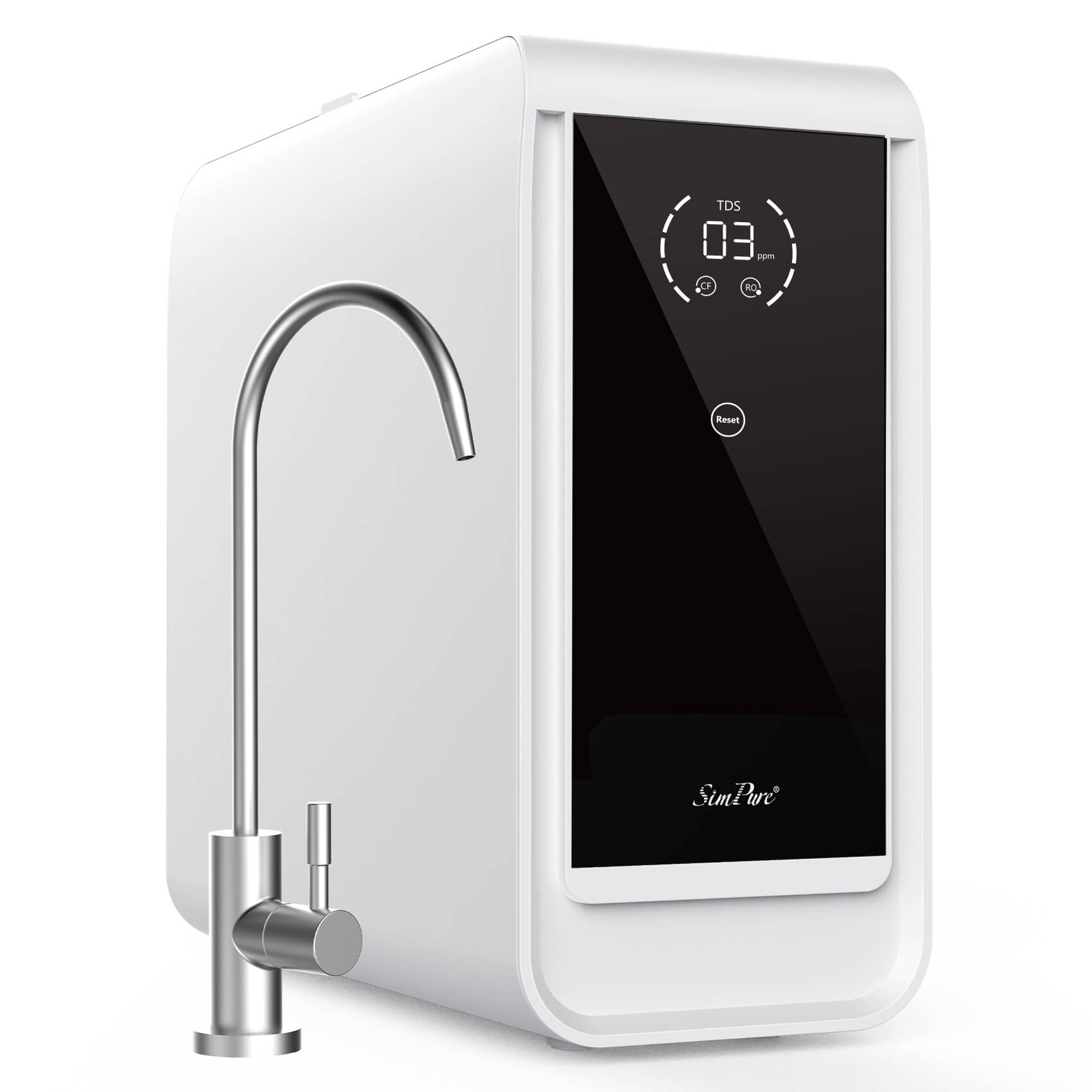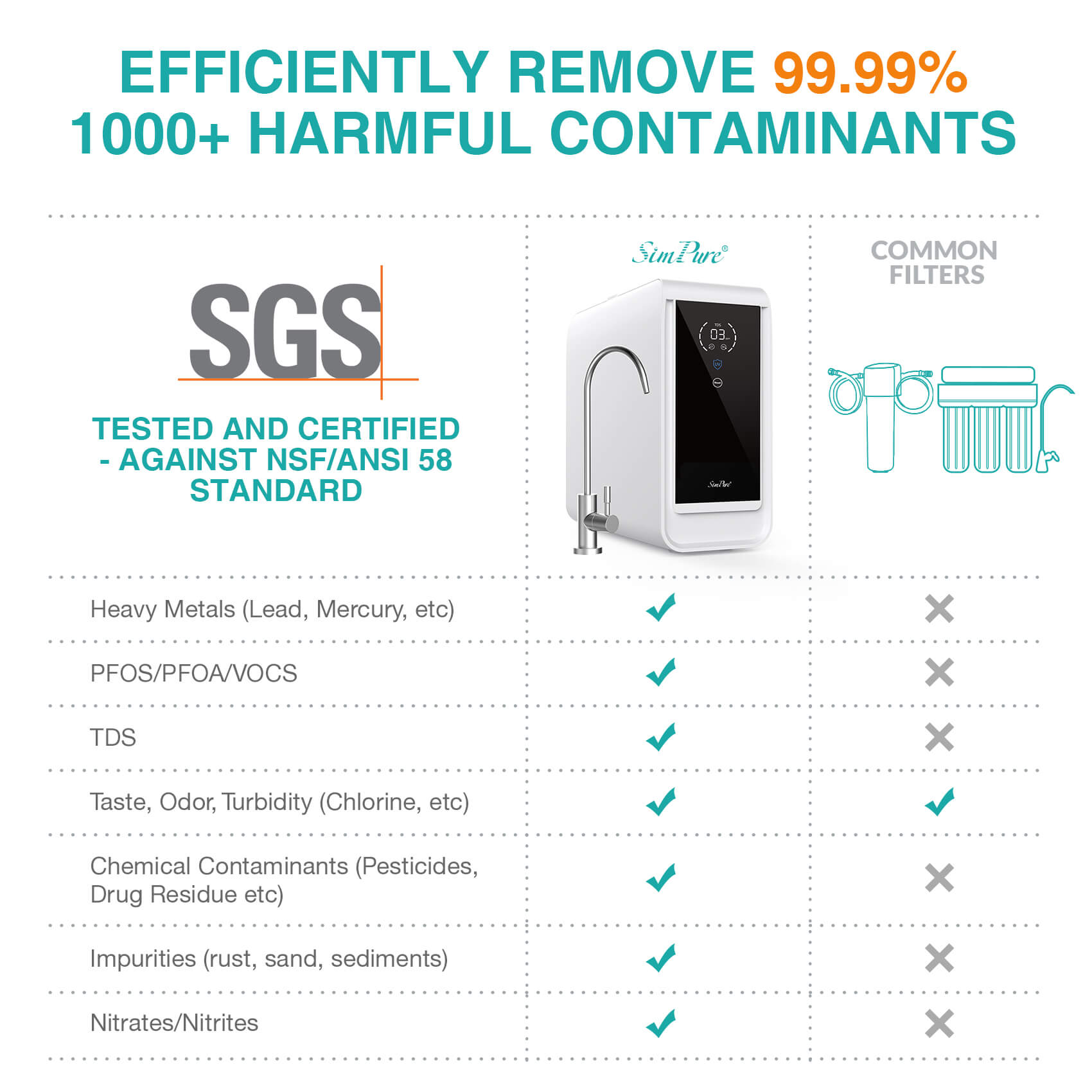Out in the woods with no clean water in sight? Don’t panic. Nature can provide, but only if you know how to help yourself. Would you drink from a stream without thinking twice? Probably not. From harmful bacteria to parasites, untreated water is a serious risk. So, how do you stay safe in the woods or forest? This guide will teach you exactly how to filter water in the woods or forest—quickly, safely, and effectively.
Why You Need to Filter Water in the Woods or Forest?

Before diving into filtration techniques, it’s important to understand the potential dangers in untreated water. Even seemingly clear streams or ponds can contain harmful microorganisms such as bacteria, viruses, and parasites. Let us see it in detail; Here are the common waterborne threats in the woods/forest:
- Giardia lamblia (Giardiasis)
Found in streams, rivers, and ponds frequented by wildlife like deer, raccoons, or beavers—common inhabitants of forested areas.
Causes diarrhea, stomach cramps, and nausea.
Forests provide ideal runoff paths from animal waste into water sources.
- Cryptosporidium
A microscopic parasite that survives well in cool, shaded forest streams and pools.
Resistant to chlorine and causes severe gastrointestinal illness.
Forest canopies and dense vegetation keep water cool, helping it survive longer.
- E. coli
Comes from fecal contamination—often by forest animals or upstream campers.
Even a small amount in water can lead to stomach pain, vomiting, or worse.
Forest floor runoff after rain can wash feces into water sources.
- Campylobacter
Common in water contaminated by wild bird or animal droppings.
Forests are full of birds, squirrels, and other small mammals that can spread it.
Causes diarrhea, fever, and abdominal cramps.
- Leptospira (Leptospirosis)
Found in forest water contaminated with urine from infected animals like rodents or raccoons.
Bacteria thrive in moist, forest environments and muddy puddles.
Can lead to flu-like symptoms or even organ damage in severe cases.
- Norovirus
Though more common in human-contaminated environments, it can be present in forest water near campsites or where hikers don’t bury waste properly.
Extremely contagious and causes intense vomiting and diarrhea.
- Hepatitis A
Can be contracted from water contaminated with human waste.
In forest areas with high foot traffic, poor sanitation can introduce this virus to streams or ponds.
🌲 Reason Why Forest Water Sources Are High-Risk:
- Forest animals use the same streams you might drink from.
- Decaying vegetation and animal activity increase organic content, which can harbor harmful microbes.
- Shade and cool temperatures in the woods help pathogens survive longer in water.
- Rain and erosion can wash contaminants from the forest floor into water supplies.
8 Methods for Filtering Water in the Woods
Drinking clean water is very important for outdoor adventures, so let us try a few ways to access clean water.
1. Using a Portable Water Filter
Portable outdoor water filters are one of the most reliable tools for wilderness water filtration. These devices are compact, lightweight, and designed to remove bacteria, protozoa, and sediment. Some advanced models also filter out viruses and chemicals. Options include pump filters, gravity filters, straw-style filters, and bottle filters。
Steps:
- Collect water from a source such as a stream or lake.
- Attach or insert the filter device according to its instructions.
- Pump, suck, or pour water through the filter to produce clean drinking water.
Advantages: Portable filters are efficient and easy to use.
Disadvantages: They require proper maintenance and may clog with prolonged use.
Among them, the Membrane Solutions Personal Straw Water Filter offers advanced 5-stage filtration designed for outdoor use such as camping, hiking, and emergencies. This compact and lightweight straw effectively removes harmful contaminants and impurities, providing clean, safe water on the go. With an ultra-fine 0.1-micron filter, it delivers superior purification compared to many common filters. Its durable design and long lifespan—filtering up to 1,320 gallons—make it a reliable companion for all your outdoor adventures.
2. Boiling Water
Boiling is one of the simplest and most effective methods for purifying water. While it doesn’t remove sediment or chemical contaminants, it kills bacteria, viruses, and parasites.
Steps:
- Collect water in a heat-resistant container.
- Bring the water to a rolling boil for at least one minute (or three minutes at higher altitudes).
- Allow the water to cool before drinking.
Advantages: Boiling is highly effective against biological contaminants.
Disadvantages: It requires a heat source and a suitable container.
3. DIY Filtration System
If you don’t have a commercial filter on hand, you can create a makeshift filtration system using natural materials. This method removes sediment and some impurities but does not eliminate microorganisms completely.
Steps:
- Find a container or hollow object (e.g., a plastic bottle or hollowed-out log).
- Layer materials such as sand, charcoal, gravel, and cloth inside the container.
- Pour collected water through the layers slowly.
- Repeat the process several times for better filtration.
Advantages: This method is resourceful and uses readily available materials.
Disadvantages: It requires additional disinfection steps to ensure safety.
4. Chemical Treatment
Chemical treatments such as iodine tablets, chlorine drops, or portable water purification tablets can disinfect water effectively by killing microorganisms.
Steps:
- Collect water in a clean container.
- Add the recommended dosage of chemical treatment.
- Wait for the specified time (usually 30 minutes to an hour) before consuming.
Advantages: Chemical treatments are lightweight and easy to carry.
Disadvantages: They may leave an unpleasant taste and do not remove physical impurities.
5. Solar Disinfection (SODIS)

Solar disinfection uses sunlight to kill microorganisms in water. This method requires clear plastic bottles and direct sunlight.
Steps:
- Fill a transparent plastic bottle with water.
- Shake the bottle to oxygenate the water.
- Place the bottle in direct sunlight for at least six hours (longer if conditions are cloudy).
Advantages: SODIS is energy-efficient and requires minimal equipment.
Disadvantages: It’s time-consuming and less effective in poor weather conditions.
6. Cloth Filtration
Using cloth as a preliminary filtration method can help remove large particles like dirt, leaves, and insects from water. While this method alone isn’t sufficient for safe drinking, it can be combined with other techniques like boiling or chemical treatment.
Steps:
- Fold a clean cloth or bandana several times.
- Pour collected water through the cloth into another container.
- Follow up with disinfection or additional filtration steps.
Advantages: Cloth filtration is simple and accessible.
Disadvantages: It does not remove microorganisms or chemical contaminants.
7. Tree Branch (Xylem) Filtration
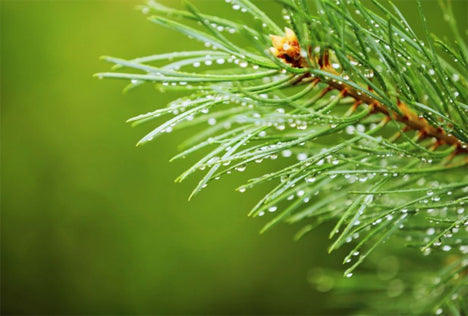
Some tree branches—especially pine or sapwood—can naturally filter water using xylem tissue, which blocks bacteria-sized particles.
Steps:
- Cut a small branch (around 1–2 cm wide).
- Strip the bark and attach it to a tube or bottle.
- Pour water through and collect it from the other end.
Advantages: Natural and innovative method using forest materials.
Disadvantages: Slow flow rate and limited to specific tree types.
8. Bonus: Combining Filtration with Disinfection
In most cases, filtering water alone isn’t enough to make it completely safe for drinking. After filtering out physical impurities, always use a disinfection method such as boiling, chemical treatment, or UV light to eliminate microorganisms. Combining filtration and disinfection ensures the highest level of safety while drinking wilderness water.
How to Find a Water Source in the Forest?

The effectiveness of any filtration method starts with selecting the right water source. Let’s dive into how to find and choose the best water sources when you’re out in the woods:
1. Follow Animal Trails and Tracks
Animals need water too. Look for paths that lead downhill or towards low areas—these often end at water sources like streams or ponds.
2. Listen for Running Water
Quiet your surroundings and listen carefully for the sound of flowing water, such as streams, rivers, or waterfalls. Sound can guide you even when you can’t see water.
3. Look for Vegetation Changes
Dense, green vegetation often indicates nearby water. Trees like willows and alders, or clusters of reeds and moss, suggest water presence.
4. Search in Low-Lying Areas
Water collects in valleys, depressions, or natural basins. Walk downhill and check for puddles, ponds, or slow-moving water in these spots.
5. Collect Rainwater or Morning Dew
If no obvious water source is found, use a tarp, leaves, or plastic to collect rainwater. In early mornings, gather dew from grass or leaves with a clean cloth. We do not recommend you drink rainwater directly unless there is an emergency.
6. Check Rock Formations and Soil
Wet, muddy soil or damp rocks may signal underground water seeping out. Sometimes water pools near rock crevices or springs.
7. Follow Insects and Birds
Dragonflies, mosquitoes, and birds often stay close to water. Spotting these can hint at nearby water sources.
8. Use Your Map and Compass
If you have a map, locate rivers, lakes, or water bodies. Follow terrain contours downhill or towards marked water features。
Common Mistakes to Avoid When Exploring in the Forest
To stay safe and make your adventure enjoyable, it’s important to avoid some frequent mistakes.
- Not telling anyone your route or plans.
- Ignoring weather forecasts or sudden changes.
- Wearing inappropriate clothing or footwear.
- Not carrying enough water or filtration tools.
- Drinking untreated water directly from sources.
- Straying off marked trails or paths.
- Forgetting to bring navigation tools (map, compass, GPS)
- Leaving trash or damaging the environment.
Emergency Situations
If you find yourself without tools or resources for filtration, prioritize survival by drinking untreated water only as a last resort. Dehydration poses an immediate risk that outweighs potential illness from contaminants in extreme situations.
What's more, if you encounter an emergency situation in the woods, stay calm and assess your surroundings. Prioritize safety—move away from immediate dangers like falling trees or wild animals. If someone is injured, provide basic first aid. Use a whistle, mirror, or bright clothing to signal for help. Try to stay in one place to increase your chances of being found. If you have a phone or GPS device with a signal, call emergency services and share your location. Conserve energy, stay warm, and ration food and water. Most importantly, keep a positive mindset and wait for rescue if travel isn’t safe.
Conclusion
Filtering water in the woods is an essential survival skill that requires knowledge and preparation. Always plan ahead by carrying reliable tools and learning multiple techniques to ensure access to clean drinking water. Membrane Solutions water filter straw, water filter bottle, gravity-bag ..... can help you drink water safely on your outdoor adventures. Click below and get your best helper in the woods!




